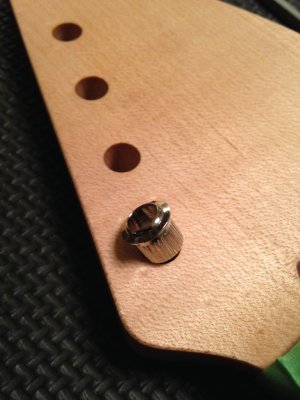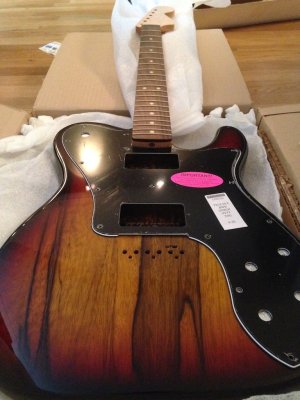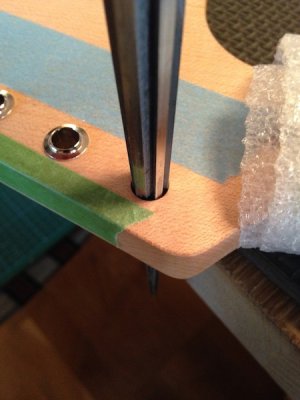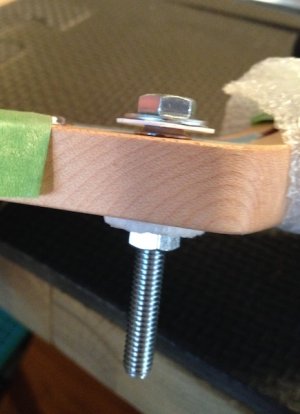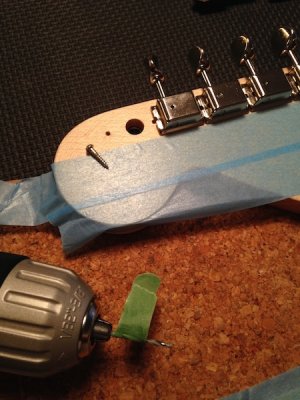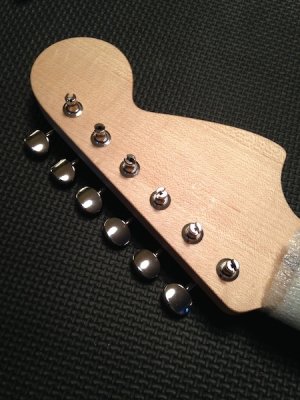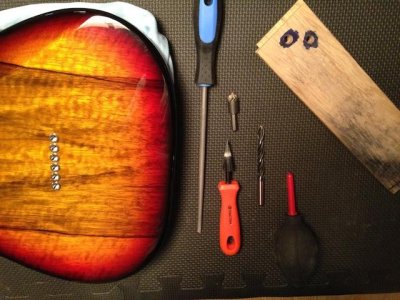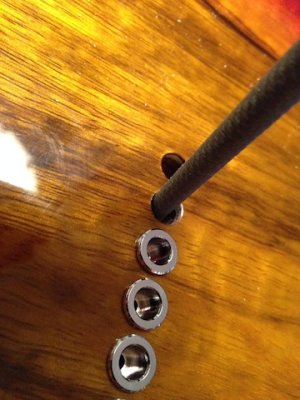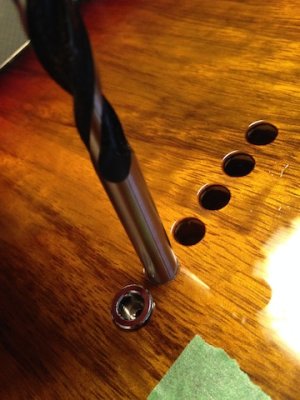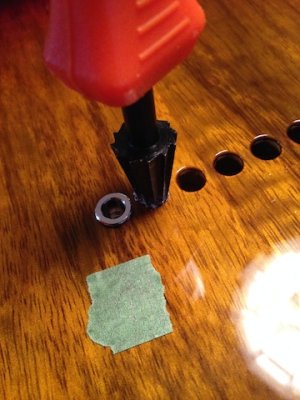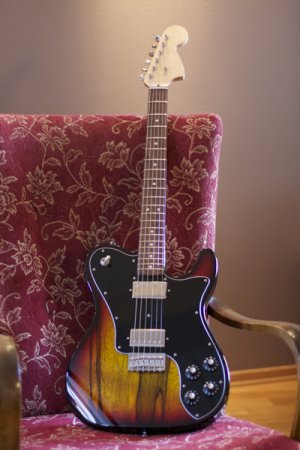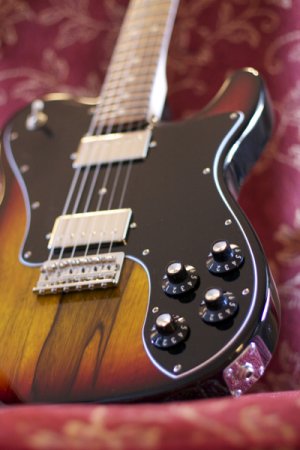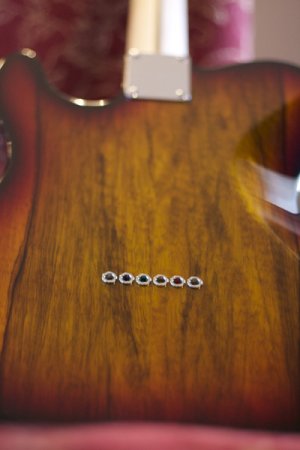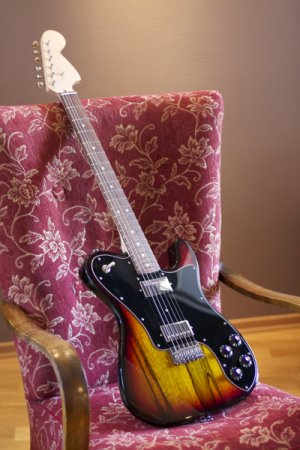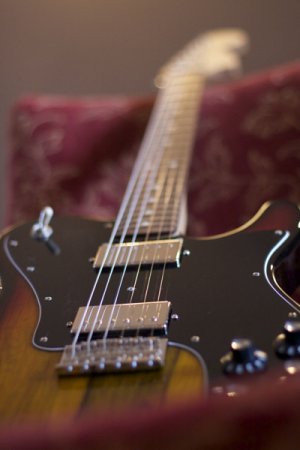Hi
I have got all my parts to my new Telecaster Deluxe, and I have started the project to put it together.
Pictures can be found in this thread: http://unofficialwarmoth.com/index.php?topic=23654.0
This is my first build so I have bought these books to learn:
Guitar Player Repair Guide
http://www.stewmac.com/shop/Books,_plans/Building_and_repair:_Guitar,_electric/Guitar_Player_Repair_Guide.html?actn=100101&xst=3&xsr=1937
Build Your Own Electric Guitar
http://www.stewmac.com/shop/Books,_plans/Building_and_repair:_Guitar,_electric/Build_Your_Own_Electric_Guitar.html?actn=100101&xst=3&xsr=1937
They are great books, but I still have some questions. So I will use this thread to ask some question and post updates on the progress.
My first question is about the tuner holes. I have Gotoh vintage tuners with ferrules that are going to fit into the hole. It seems that the hole is slightly undersized so it may need to be adjusted with a reamer. But how tight is it supposed to be? I see some uses a rubber hammer to knock them down and others uses only their thumb and have a larger hole. What is recommended here? Is there any other descent ways to adjust the hole size other than using a reamer?
I have got all my parts to my new Telecaster Deluxe, and I have started the project to put it together.
Pictures can be found in this thread: http://unofficialwarmoth.com/index.php?topic=23654.0
This is my first build so I have bought these books to learn:
Guitar Player Repair Guide
http://www.stewmac.com/shop/Books,_plans/Building_and_repair:_Guitar,_electric/Guitar_Player_Repair_Guide.html?actn=100101&xst=3&xsr=1937
Build Your Own Electric Guitar
http://www.stewmac.com/shop/Books,_plans/Building_and_repair:_Guitar,_electric/Build_Your_Own_Electric_Guitar.html?actn=100101&xst=3&xsr=1937
They are great books, but I still have some questions. So I will use this thread to ask some question and post updates on the progress.
My first question is about the tuner holes. I have Gotoh vintage tuners with ferrules that are going to fit into the hole. It seems that the hole is slightly undersized so it may need to be adjusted with a reamer. But how tight is it supposed to be? I see some uses a rubber hammer to knock them down and others uses only their thumb and have a larger hole. What is recommended here? Is there any other descent ways to adjust the hole size other than using a reamer?



